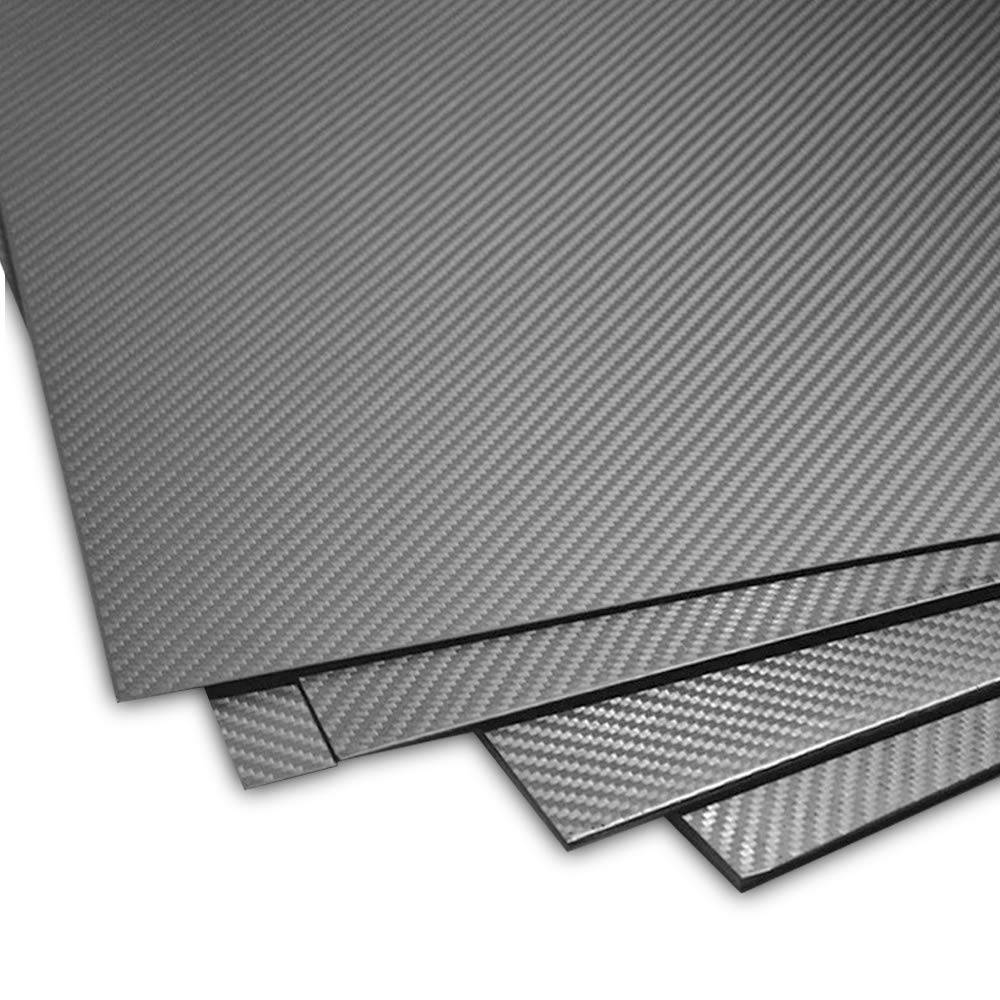Exterior wall insulation involves attaching low-conductivity thermal materials directly to building facades. This boosts the wall's overall heat resistance, cutting energy use for heating and cooling. When selecting materials for fire-resistant exterior insulation, consider these critical factors:

Reinforcement Mesh
Fiberglass mesh is vital for preventing cracks in insulation systems. It strengthens the protective layer and spreads the stress that could cause cracks-turning potential large fractures into harmless micro-cracks. Since protective mortar is alkaline, the mesh must resist alkali degradation long-term. High-alkali-resistant mesh lasts dramatically longer than standard or alkali-free versions, easily meeting 25-year service life demands. Always opt for high-alkali-resistant mesh.
Protective Mortar
Standard cement mortar cracks easily-it's too rigid, shrinks excessively, and lacks flexibility. The solution? Use specialty crack-resistant mortar with reinforcement mesh. Add fibers to boost flexibility, and ensure the mortar's compressive-to-flexural strength ratio stays under 3. For tiled finishes:
Embed corrosion-resistant hot-dip galvanized steel mesh with balanced spacing (not too tight or loose).
Position tiles so each short edge covers at least two mesh openings.
Structural Integrity
Fire-rated insulation panels face gravity and wind pressure. Weak panels can crack or detach. To prevent this:
- Bond as much surface area as possible between panels and the wall.
- Go cavity-free-eliminating air gaps drastically improves wind resistance.





